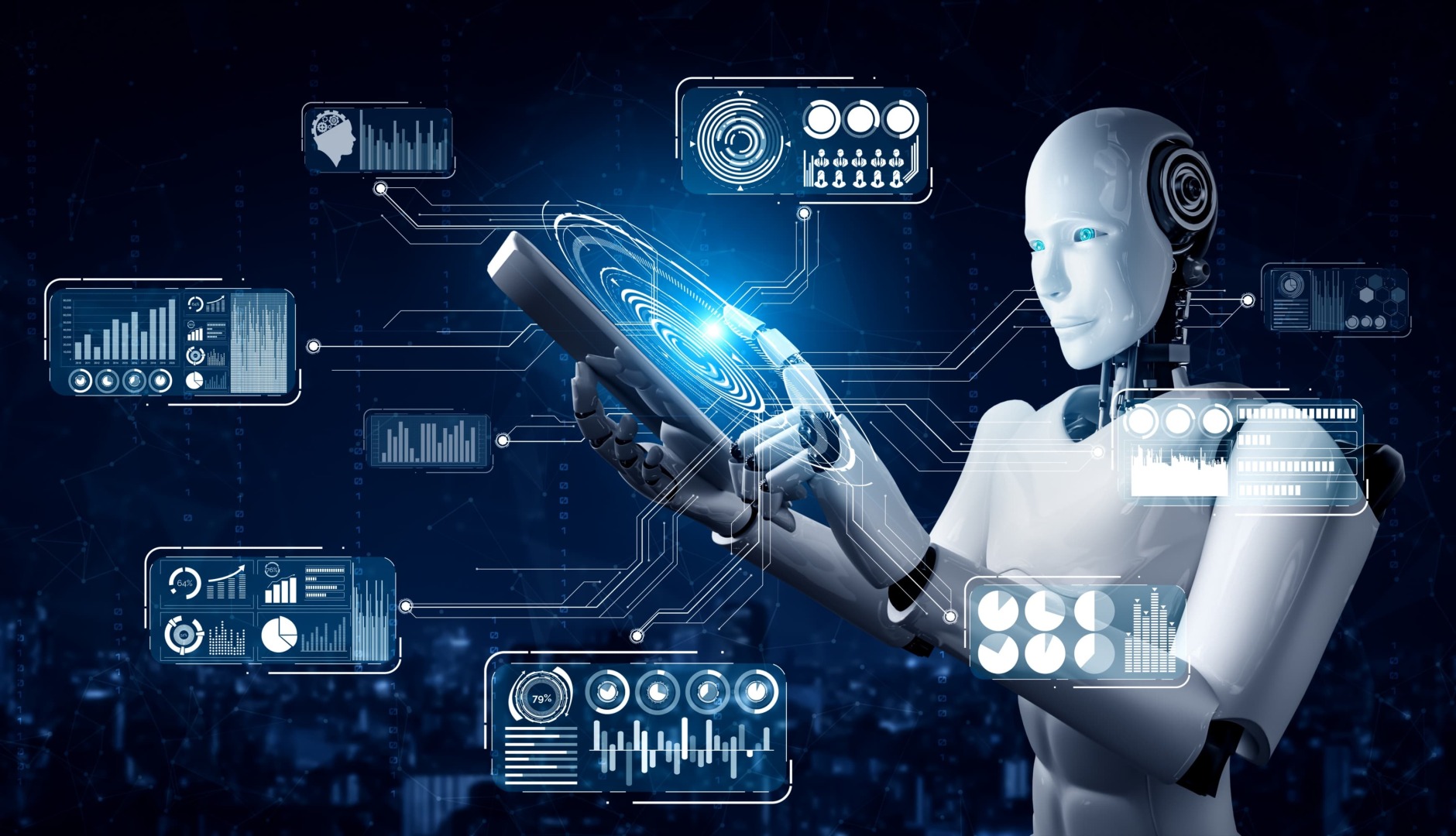You may have heard of reinforcement learning, the machine learning technique that enables artificial agents to learn from their own actions and rewards. You may have seen examples of reinforcement learning in action, such as bots that play Dota 2, AI that beat the best Go players in the world, or computers that excel at Doom. But do you know the secrets behind reinforcement learning? Do you know how reinforcement learning works, what are its advantages and challenges, and how it can be applied to real-world problems? If not, then you need to read this article.
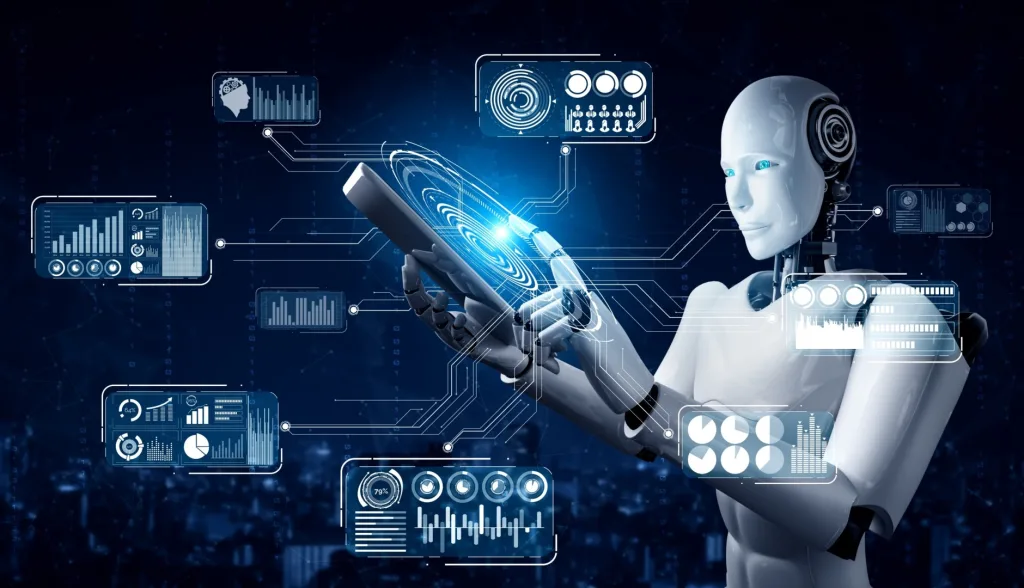
We will reveal some of the most fascinating and surprising secrets about reinforcement learning that will blow your mind. You will discover how reinforcement learning can solve complex and dynamic problems that other machine learning techniques cannot. You will also learn how reinforcement learning can be combined with deep learning, the state-of-the-art technique for learning from large and unstructured data. And you will see how reinforcement learning can be used for various domains and applications, such as robotics, gaming, finance, health care, and more.
Table of Contents
What is Reinforcement Learning?
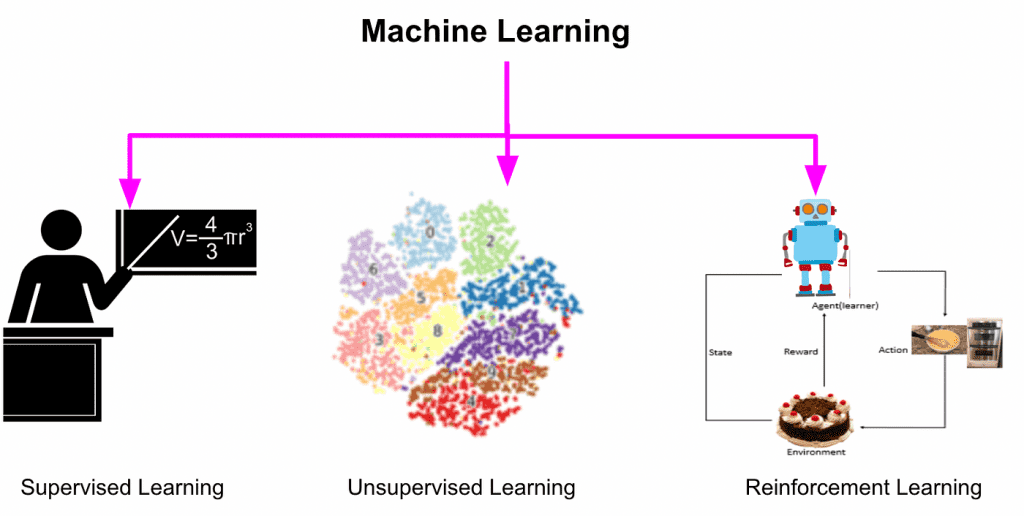
Reinforcement learning is a machine learning technique that involves an agent acting in an environment by choosing predefined actions with the goal of maximizing a numerical reward. The agent learns from its own experience, without any supervision or guidance from a human or a dataset. The agent observes the state of the environment, selects an action, receives a reward and a new state, and updates its knowledge based on the outcome. This process is repeated until the agent learns an optimal policy, which is a rule that tells the agent what action to take in each state.
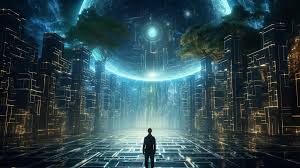
Reinforcement learning is based on the idea of trial and error learning, which is how humans and animals learn from their own actions and consequences. Reinforcement learning is also inspired by the theory of operant conditioning, which is how behavior is shaped by positive and negative reinforcement. Reinforcement learning can be seen as a form of artificial intelligence that mimics natural intelligence.
How Does Reinforcement Learning Work?
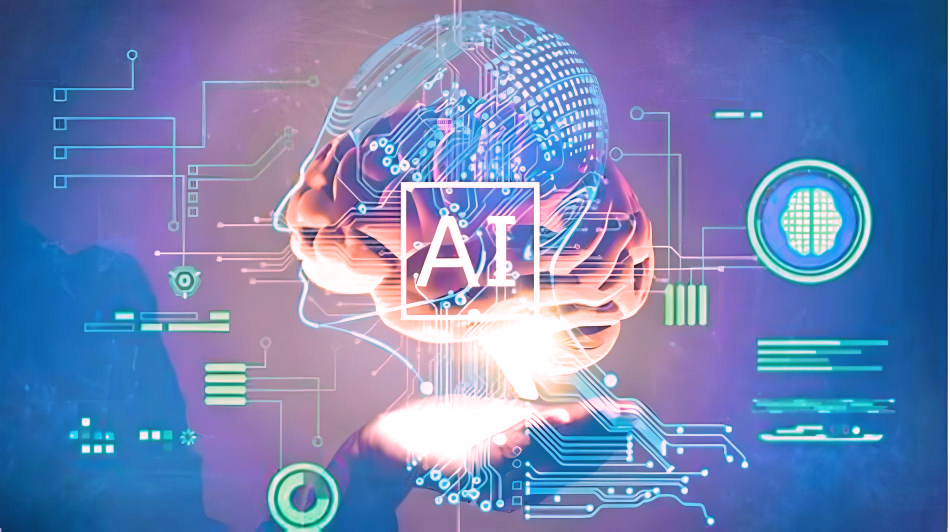
Reinforcement learning works by using a mathematical framework called Markov decision process (MDP). An MDP is a model that describes a sequential decision-making problem under uncertainty. An MDP consists of four components:
- A set of states, which represent the possible situations of the environment.
- A set of actions, which represent the possible choices of the agent.
- A transition function, which represents the probability of moving from one state to another given an action.
- A reward function, which represents the immediate feedback received by the agent after taking an action.
The goal of reinforcement learning is to find a policy that maximizes the expected cumulative reward over time. The expected cumulative reward is also known as the return, which is the sum of discounted future rewards. The discount factor is a parameter that determines how much the agent values immediate rewards over delayed rewards. A high discount factor means the agent is more far-sighted, while a low discount factor means the agent is more short-sighted.
There are two main types of reinforcement learning algorithms: model-based and model-free. Model-based algorithms try to learn the transition and reward functions of the MDP, and then use them to plan the optimal actions. Model-free algorithms try to learn the value function of the MDP, which is a function that estimates the expected return of each state or state-action pair. Model-free algorithms can be further divided into two categories: value-based and policy-based. Value-based algorithms try to learn the optimal value function, and then use it to derive the optimal policy. Policy-based algorithms try to learn the optimal policy directly, without using a value function.
What are the Advantages and Challenges of Reinforcement Learning?
Reinforcement learning has many advantages over other machine learning techniques, such as:
- It can learn from its own experience, without requiring any labeled data or human supervision.
- It can handle complex and dynamic environments, where the state and the reward are not fully observable or predictable.
- It can learn to optimize long-term goals, rather than short-term gains.
- It can learn to balance exploration and exploitation, which are the trade-offs between trying new actions and exploiting known actions.
However, reinforcement learning also faces many challenges, such as:
- It can suffer from high variance and instability, due to the stochastic nature of the environment and the feedback.
- It can require a lot of data and computation, due to the large and continuous state and action spaces.
- It can be affected by the curse of dimensionality, which is the exponential increase in complexity and difficulty as the number of dimensions increases.
- It can be hard to define and design the reward function, which can have a significant impact on the behavior and performance of the agent.
How Can Reinforcement Learning Be Combined with Deep Learning?
Reinforcement learning can be combined with deep learning, which is a machine learning technique that uses neural networks to learn from large and unstructured data. Deep learning can enhance reinforcement learning in several ways, such as:
- It can enable the agent to learn from raw sensory inputs, such as images, sounds, or texts, rather than handcrafted features.
- It can enable the agent to learn from high-dimensional and nonlinear data, such as video games, robotics, or natural language.
- It can enable the agent to learn from end-to-end, rather than using separate modules for perception, cognition, and action.
The combination of reinforcement learning and deep learning is also known as deep reinforcement learning, which is a cutting-edge field of research and application. Some of the most famous examples of deep reinforcement learning are:
- AlphaGo, which is a computer program that defeated the world champion of Go, a complex board game that requires intuition and creativity.
- Atari, which is a set of computer programs that learned to play various Atari games, such as Breakout, Pong, or Space Invaders, from raw pixels and scores.
- OpenAI Five, which is a team of computer programs that learned to play Dota 2, a popular and competitive online game that requires teamwork and strategy.
How Can Reinforcement Learning Be Used for Various Domains and Applications?
Reinforcement learning can be used for various domains and applications, such as:
- Robotics, which is the field of engineering and science that deals with the design, construction, and operation of robots. Reinforcement learning can be used to teach robots how to perform various tasks, such as walking, grasping, or manipulating objects, in a safe and efficient manner.
- Gaming, which is the field of entertainment and art that deals with the creation and playing of games. Reinforcement learning can be used to create intelligent and adaptive game agents, such as enemies, allies, or characters, that can interact with the player and the environment in a realistic and engaging way.
- Finance, which is the field of economics and business that deals with the management and allocation of money and resources. Reinforcement learning can be used to optimize various financial decisions, such as portfolio management, trading, or risk management, in a dynamic and uncertain market.
- Health care, which is the field of medicine and science that deals with the prevention, diagnosis, and treatment of diseases and injuries. Reinforcement learning can be used to improve various health care outcomes, such as diagnosis, therapy, or medication, in a personalized and evidence-based manner.
Conclusion
Reinforcement learning is a machine learning technique that enables artificial agents to learn from their own actions and rewards. Reinforcement learning can solve complex and dynamic problems that other machine learning techniques cannot. Reinforcement learning can be combined with deep learning, the state-of-the-art technique for learning from large and unstructured data. And reinforcement learning can be used for various domains and applications, such as robotics, gaming, finance, health care, and more. For more information, so please visit this link.
Reinforcement learning is the game-changing strategy that everyone’s talking about. And now you know the secrets behind it. If you want to learn more about reinforcement learning, you can check out these resources:
- Reinforcement Learning: An Introduction by Richard S. Sutton and Andrew G. Barto
- Reinforcement Learning: A Survey by Leslie Pack Kaelbling, Michael L. Littman, and Andrew W. Moore
- Reinforcement Learning: What, Why, and How by Vishal Garg
- Reinforcement Learning Explained by O’Reilly
- Reinforcement Learning in the Era of LLMs: What is Next? by Anirudh Goyal et al.
FAQs about “Reinforcement Learning Secrets Exposed”
1. What exactly is reinforcement learning, and why is it considered a secret?
- Reinforcement learning is a machine learning technique where an agent learns to make decisions by trial and error in an environment to maximize rewards. It’s termed a “secret” because it’s a powerful yet relatively lesser-known aspect of AI, with vast untapped potential.
2. Who can benefit from knowing these reinforcement learning secrets?
- Anyone interested in AI, machine learning, or tech innovations can benefit. Professionals in robotics, gaming, finance, healthcare, and more can leverage these insights for advancements in their fields.
3. Do I need prior knowledge to understand these secrets?
- Not necessarily. Our content aims to be accessible to beginners, breaking down complex topics into digestible pieces for learners of all levels.
4. Can I implement these secrets into my own projects or work?
- Absolutely! Our goal is to empower individuals to apply these strategies to their projects. Our content provides practical insights and examples to guide implementation.
5. Where can I find more resources to delve deeper into reinforcement learning?
- Check out our recommended resources, including books, articles, and research papers, to expand your understanding of reinforcement learning and its applications.
These FAQs offer a glimpse into the world of reinforcement learning and how it’s poised to shape the future of AI. Dive in, explore, and unlock the secrets that could transform your understanding of machine learning.

